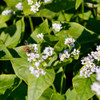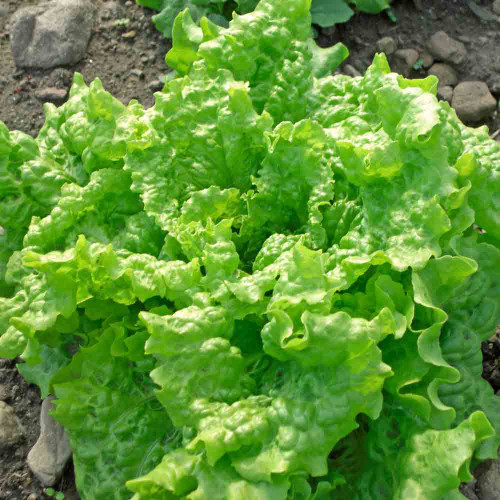Description
Buckwheat
An annual grain providing a quick soil cover and stabilization, weed suppressor, pollinator and beneficial insect nectar source, topsoil loosener and low fertility soil rejuvenator.
Buckwheat has been used extensively in organic agriculture as a quick-acting summer smother crop for weeds. It is heat tolerant and breaks down quickly, adding nutrients to the soil while making way for the longer lived cover crops.
It excels in freeing up locked nutrients, especially phosphorus and potassium as well as choking weeds out and loosening topsoil. It also has an extensive root system, bringing up deep nutrients to the surface, encouraging beneficial microorganisms, reducing soil diseases and provides an allelopathic residue which suppresses weed seed germination.
Poor soils are no challenge for buckwheat, that’s why it is one of the first crops planted when renovating and reclaiming over-farmed, exhausted soils. It will regrow after mowing or cutting if done before early bloom. These reasons are why some growers will use three successive crops of buckwheat to bring new land into production or renovate exhausted land and put it back into production.
The abundant and fine network of roots create a loose and workable topsoil, making buckwheat an excellent midsummer soil conditioner before fall crops are planted.
The plentiful, shallow white blossoms attract beneficial insects which attack aphids, mites and other destructive pests. Some of the beneficials buckwheat attract are syrphid flies, predatory wasps, minute pirate bugs, insidious flower bugs, tachinid flies and lady bugs. Those same blossoms also attract several pollinators.
Growing Instructions
Lightly broadcast seeds and work into the top half inch of moist soil, or cover with 1/2 inch of mulch or compost. Water to equivalent of 1 inch of rainfall per week until seedlings become established.
Planting Rate
- 1 lb will seed approximately 400 sq. feet
Learn More
- Cover Crops - Better Soil in a Month
- Planting Cover Crops for a Better Garden
- Cover Crops Beat Garden Weeds
- Cover Crops FAQ
- Which Cover Crop is Best for Me?
From the soil to the seed to the food you eat - we'll help you grow your best garden!















